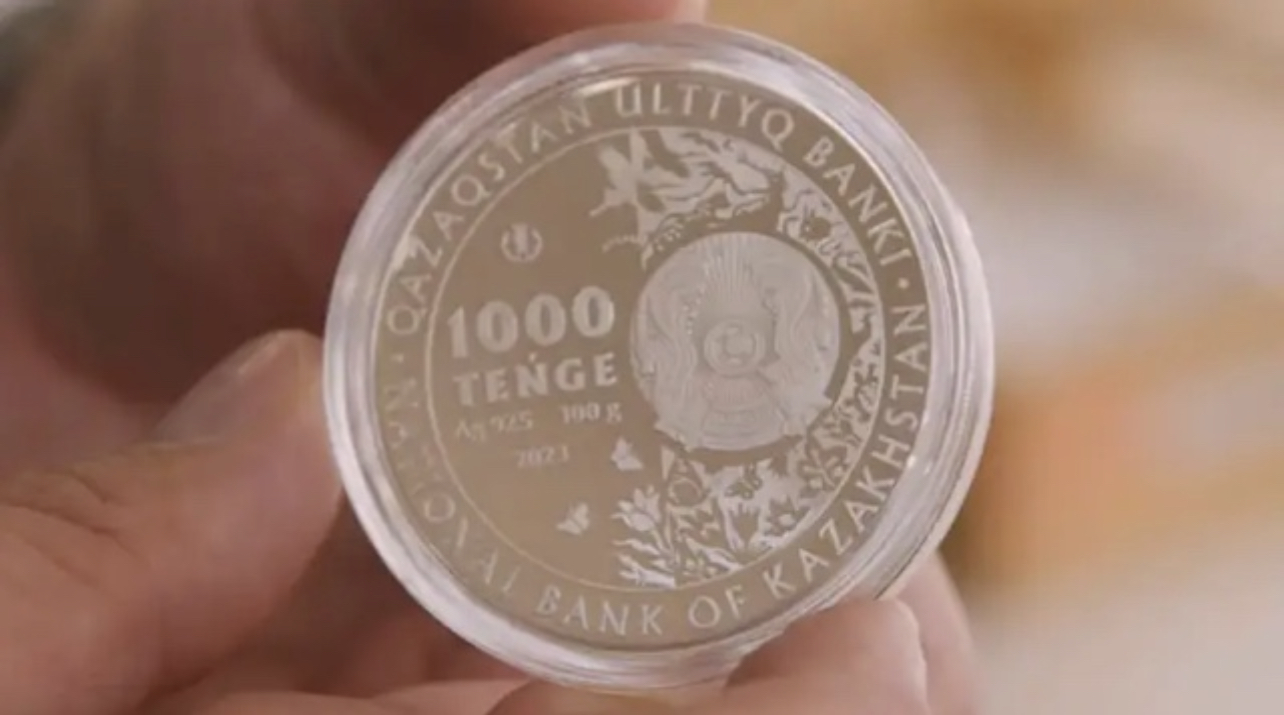ASTANA — According to a report by the Association of Financiers of Kazakhstan on monetary transactions in the first half of the year, the growth rate of non-cash transactions has slowed down significantly, decreasing threefold. Does Kazakhstan need more printed paper banknotes, and are cash payments still popular as a payment instrument? The National Bank of Kazakhstan answered these questions and also explained how the tenge is produced at the Kazakh Mint, Kazinform reports.

Photo credit: Alexandr Pavskiy/Kazinform.
Cash transactions never die
The National Bank noted that despite the active development of cashless payment infrastructure, the circulation of cash continues to show stable growth. The average annual growth rate of cash in circulation over the past five years was 9.9%.
“According to the results of a sociological survey conducted by the National Bank, about 60% of the population predominantly prefers cash payments,” stated the National Bank of Kazakhstan’s press service.
At the same time, there are significant regional differences: cash is more frequently used in Atyrau (81%), Pavlodar (77%), and West Kazakhstan (74%) regions, and the least in Almaty (36%).
From imports to local production
The first batches of tenge were imported from the United Kingdom, but by 1995, Kazakhstan had established its production facility. Today, tenge banknotes and coins are produced at the Banknote Factory in Almaty and the Kazakh Mint in Ust-Kamenogorsk. The Mint, a highly important state facility established in 1992, is equipped with advanced machinery from leading German and Swiss manufacturers.
The main goals of the enterprise are to fulfill the National Bank of Kazakhstan’s orders for the production of coins in the national currency made from non-ferrous metals, gold and silver (circulating, commemorative and collectible coins), as well as to fulfill orders from the Presidential Administration of Kazakhstan for the production of state awards.

Photo credit: National Bank of Kazakhstan
“To ensure cash circulation in the country, the National Bank daily issues and withdraws cash through second-tier banks and Kazpost JSC following their requests. As of July 25, 2024, the total nominal value of banknotes and circulating coins issued in Kazakhstan amounted to 4.4 trillion tenge (of which banknotes accounted for 4.3 trillion tenge, and coins for 100 billion tenge),” the National Bank reported.
The cash producing process involves a complex cycle that includes design development, procurement of special materials, application of images and security features, among other stages. Considering all stages of the production process, the production of banknotes can take up to a year, while coin production typically takes around six months.
New coinage and Saka Style banknotes
The tenge coin series includes denominations of 1, 2, 5, 10, 50, 100 and 200 tenge. The 100 and 200 tenge coins are bimetallic, made from an alloy of white-colored cupronickel and yellow-colored brass.

Photo credit: Screenshot from a video
The 50 tenge coins are made of cupronickel, while coins with denominations of 1, 2, 5, 10 and 20 tenge are made of steel coated with a copper-nickel alloy. This method of manufacturing circulating coins is practiced in many countries around the world. The raw materials (metal) for coin production are purchased on both the Kazakh and international markets, depending on the metal’s quality characteristics and cost.
Since the end of 2023, the National Bank has been gradually introducing a new series of banknotes called the “Saka Style.” The main differences in the new series include changes in the size of the banknotes and significant improvements to the security features. National Bank specialists have analyzed the banknote sizes used globally. The results showed that the reduced size of the banknotes is more convenient for counting, storage and transportation. This measure also allows for faster and simpler banknote production by accommodating more banknotes on a single sheet.
Additionally, the paper used for the production of the new banknotes, as in the previous series, is made from cotton. This is due to the need for durable paper that has high wear resistance and longevity. These changes are aimed at improving the quality of the banknotes, enhancing security features and incorporating the latest technologies in banknote production.


